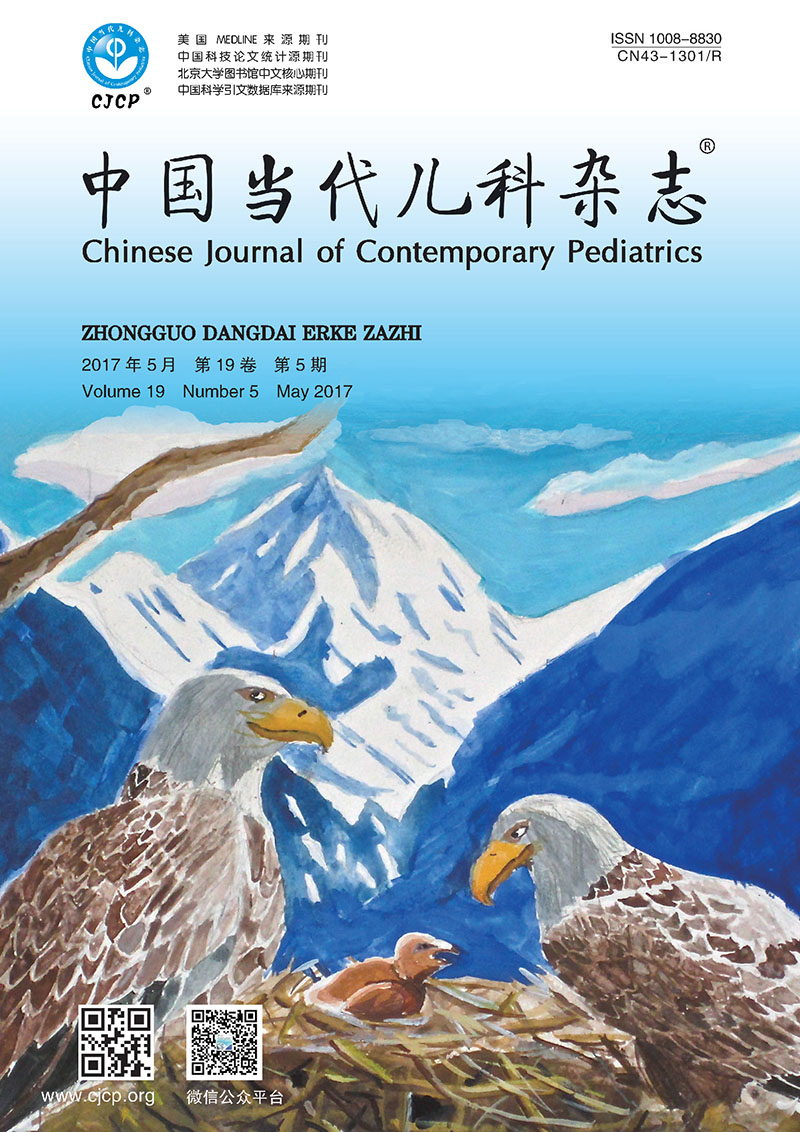● CLINICAL RESEARCH
YI Lan-Fen, WEN Hong-Xia, HUANG Xiao-Li, QIU Mei, CAO Xiao-Xiao
Objective To analyze the deceleration capacity (DC) of heart rate, acceleration capacity (AC) of heart rate, and heat rate variability (HRV) in obese school-age children, and to observe the correlations of BMI with DC, AC, and HRV in these children. Methods A total of 108 obese school-age children were selected, including 75 cases of ortholiposis and 33 cases of dyslipidemia. A total of 103 healthy school-age children were selected as control group. All the subjects underwent 24-hour ambulatory electrocardiography. The comparisons of DC, AC, and HRV were made between the obese and control groups, as well as between children with ortholiposis and dyslipidemia in the obese group. The correlations of BMI with DC, AC, and HRV were analyzed in the obese group. Results The obese group showed lower DC, standard deviation of normal-to-normal R-R intervals (SDNN), standard deviation of the average normal-to-normal intervals (SDANN), root mean square of successive differences (RMSSD), low-frequency power (LF), and high-frequency power (HF) than the control group. The AC of the obese group was significantly higher than that of the control group (P < 0.05). In the obese group, children with dyslipidemia had significantly lower DC, SDNN, SDANN, RMSSD, LF, and HF, but significantly higher AC and BMI, as compared with those with ortholiposis (P < 0.01). In the obese group, BMI was negatively correlated with DC, SDNN, SDANN, RMSSD, and HF (P < 0.05), but positively correlated with AC (P < 0.05). Conclusions Obese school-age children have impaired autonomic nerve function, presenting with reduced vagal tone, which is particularly prominent in those with dyslipidemia. The more obese the children, the lower the vagal tone, which may increase the risks of cardiovascular diseases.
